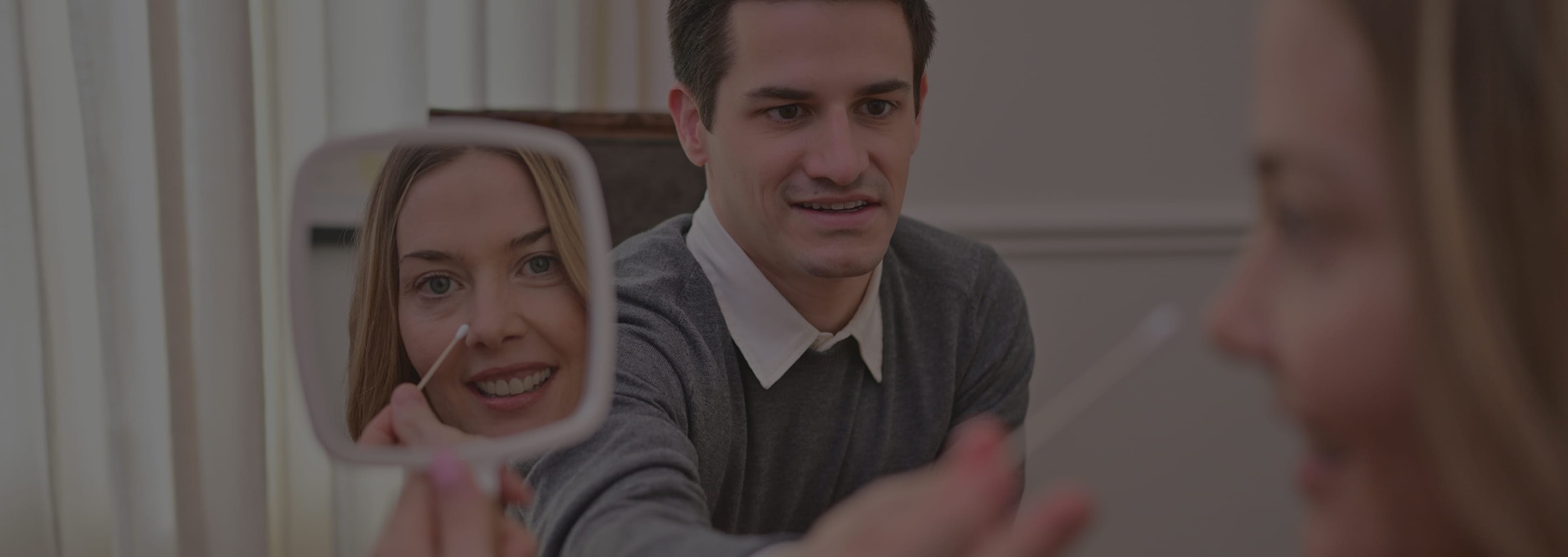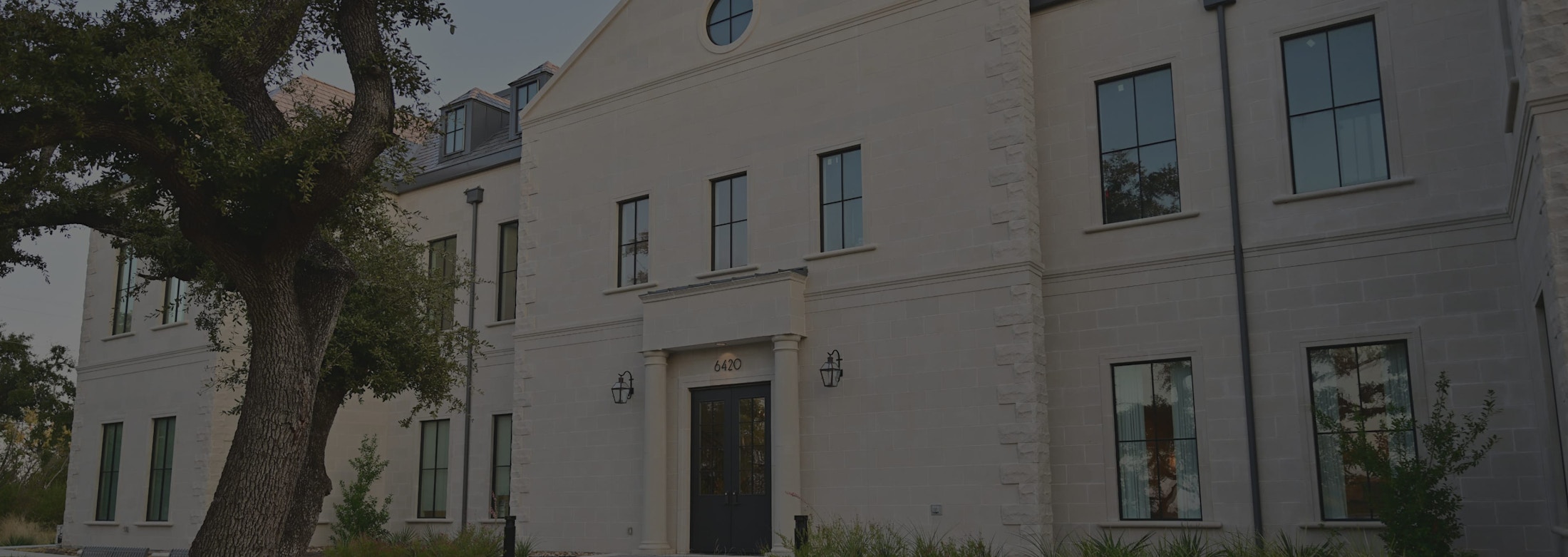What Can I Expect During a Consultation for Blepharoplasty?
Where Is the Blepharoplasty Procedure Performed?
Are There Scars After a Blepharoplasty?
Is the Blepharoplasty Procedure Painful?
When Are the Stitches Removed After the Blepharoplasty Procedure?
What Type of Anesthesia Is Used for a Blepharoplasty?
How Is the Actual Blepharoplasty Procedure Performed?
How Long Does the Actual Blepharoplasty Procedure Last?
Where Are the Incisions Made During a Blepharoplasty Procedure?
What Is the Recovery Like After a Blepharoplasty?
How Much Time Will I Need to Take Off From Work After Blepharoplasty Surgery?
How Soon After My Blepharoplasty Surgery Can I Exercise?
Would Eyelid Surgery Help the Full Appearance Under My Eyes?
Is It Possible to Have an Eyelid Lift for Just One Eye to Make Them More Even?
Will an Eyelid Surgery Get Rid of Crow’s Feet?
Will Blepharoplasty Change the Shape of My Eye?
What Are the Temporary Side Effects Following a Blepharoplasty?
Are the Results Achieved During Eyelid Surgery Permanent?
What Are Possible Risks and Potential Complications Associated With the Blepharoplasty Procedure?
How Much Will Eyelid Surgery Cost?

























